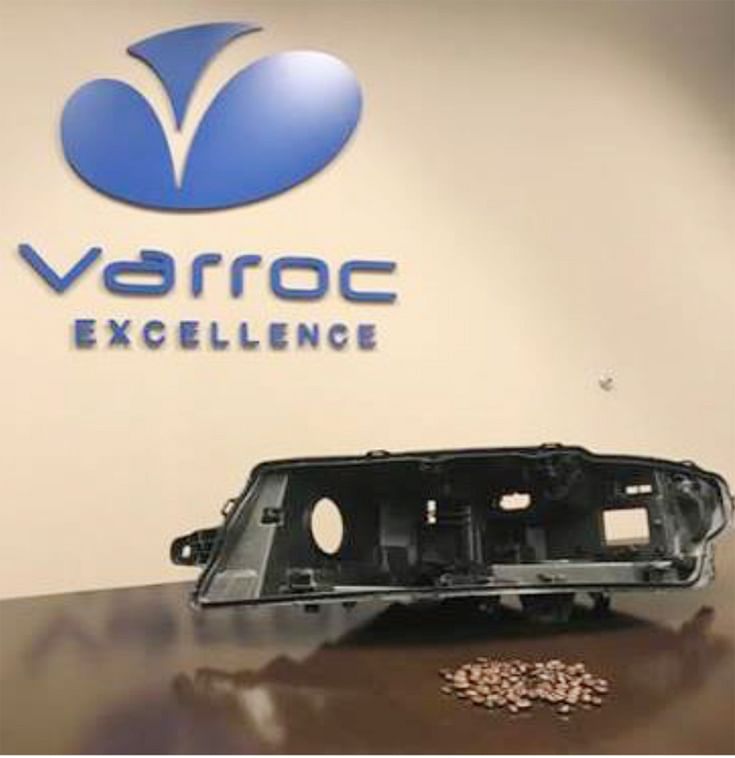Varroc converts coffee bean skin into headlamp housing
Varroc Lighting Systems has produced a headlamp housing moulded from coffee chaff – the dried skin of a coffee bean that comes off during the roasting process, for the first time in exterior vehicle lighting industry.
Ford Motor Company and McDonald’s USA will soon be giving vehicles a caffeine boost by using part of a familiar staple in the morning routine, coffee beans, in vehicle parts such as headlamp housing. And an Indian company – Varroc Lighting Systems – is helping them do that.
Every year, millions of pounds of coffee chaff – the dried skin of the bean – naturally comes off during the roasting process. The Aurangabad-based Varroc Engineering, a global Tier-1 auto component group’s subsidiary Varroc Lighting Systems has partnered with Ford Motor Company and McDonald’s to convert coffee bean skin into car parts. Varroc Lighting Systems has produced a headlamp housing moulded from coffee chaff – the dried skin of a coffee bean that comes off during the roasting process, for the first time in exterior vehicle lighting industry.

Varroc Lighting’s new headlamp – developed in a partnership with Ford Motor Company, McDonald’s, and Competitive Green Technologies (CGT) – offers stiffness, rigidity, and thermal management properties that are comparable to existing headlamps. Using these recycled materials enables us to reduce our environmental impact—the headlamp housing will be 20 percent lighter and better for fuel efficiency. The coffee chaff, which comes off during coffee roasting process, otherwise mostly goes straight away to landfills
The coffee chaff can be converted into a durable material to reinforce certain vehicle parts. By heating the chaff to high temperatures under low oxygen, mixing it with plastic and other additives and turning it into pellets, the material can be formed into various shapes.
RELATED ARTICLES
Skoda begins sale of made-in-India CKD Kushaq in Vietnam
Before production started, pre-series Kushaq vehicles covered over 330,000 kilometres on a variety of Vietnamese roads a...
Six Japanese companies join forces to expand use of recycled materials in new vehicles
Denso, Toray Industries, Nomura Research Institute, Honda Motor, Matec Inc and Rever Corporation have set up the BlueReb...
BYD selects Voestalpine as steel supplier for its Hungarian plant
The announcement of the Austrian steelmaker as a supplier demonstrates BYD’s strategic plan to source from high-quality,...





 By Autocar Professional Bureau
By Autocar Professional Bureau
 15 Jan 2020
15 Jan 2020
 12218 Views
12218 Views









